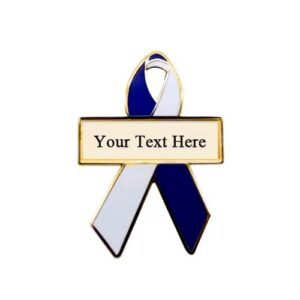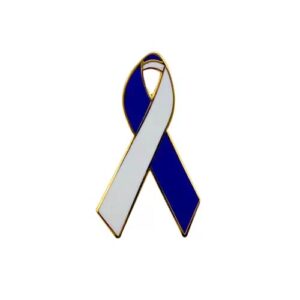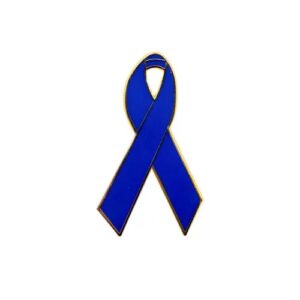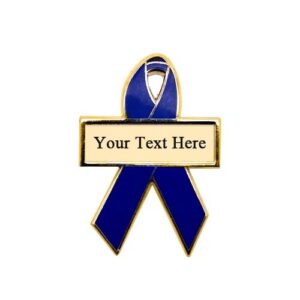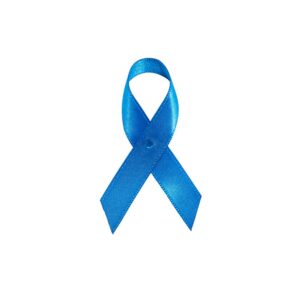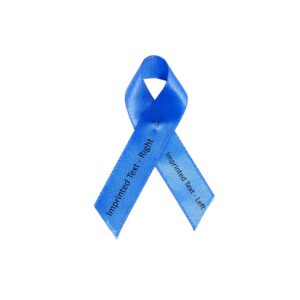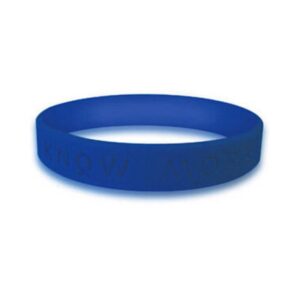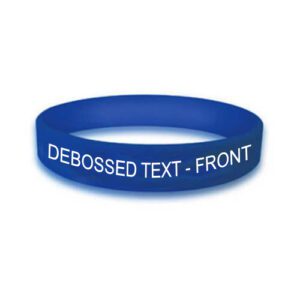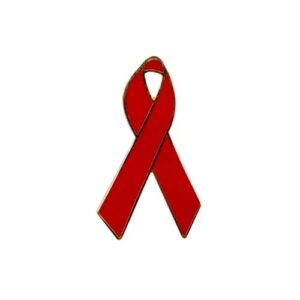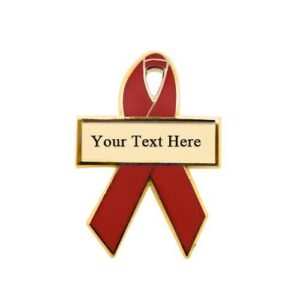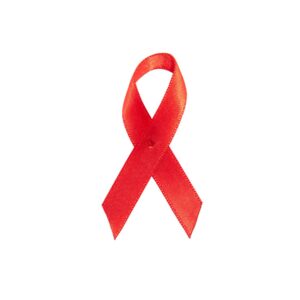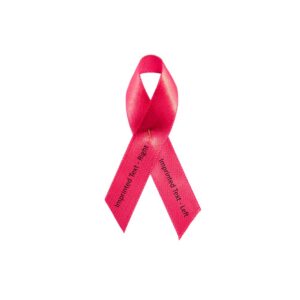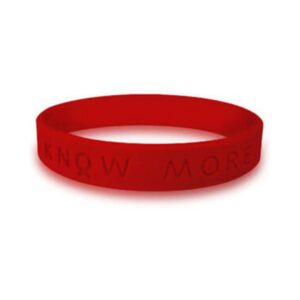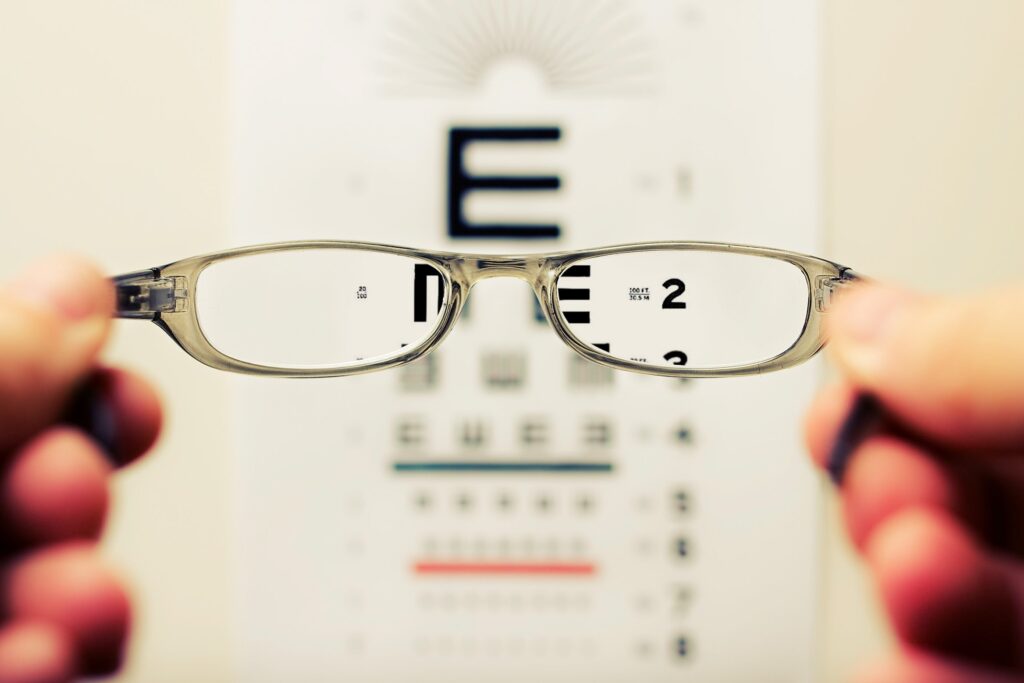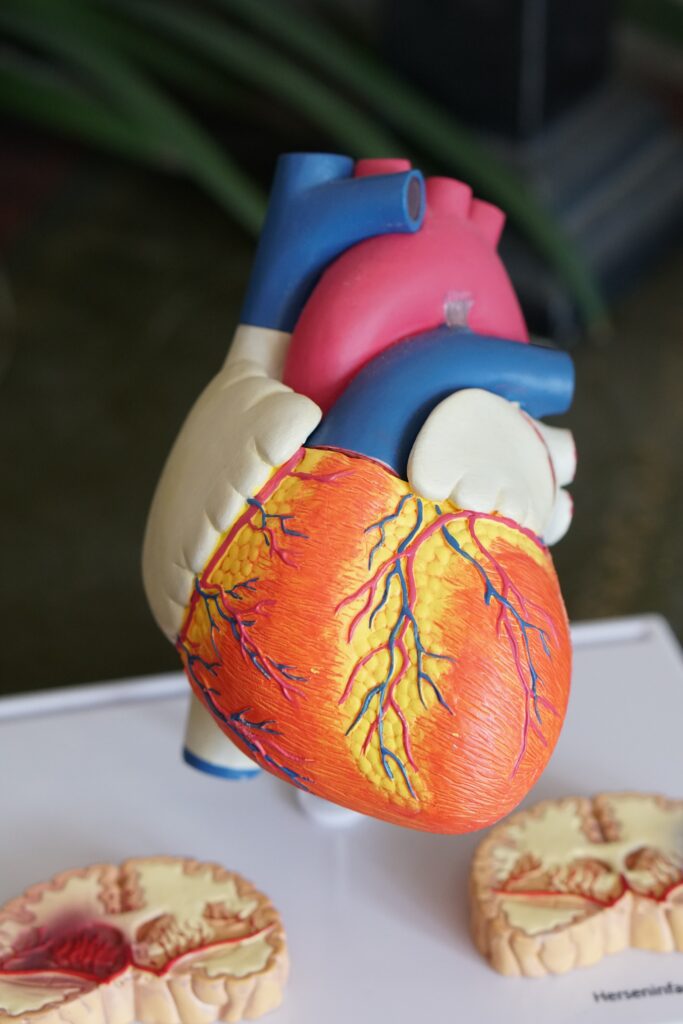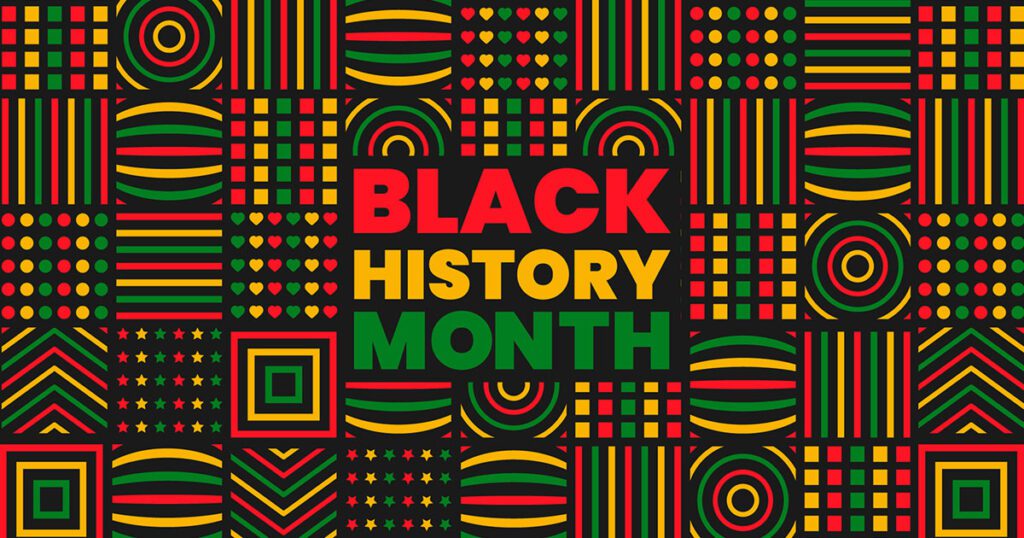
National Cheer Safety Month
March 1

National Cheer Safety Month
Why did National Cheer Safety Month move to August?
National Cheer Safety Month moved from March to August to have a better impact on cheer safety. August is when new teams form. It’s also when teams gather to prepare for and start new seasons. National Cheer Safety Month is excited to share important updates and tips across the spectrum of cheer safety all month-long, Join on social media and help spread the word! #cheersafety #cheersafetymonth
However, some still recognize the month of March as National Cheer Safety Month. Whether you observe in March or August, call attention to this important safety month with either a blue enamel awareness ribbon pin, fabric ribbon, or silicone awareness wristband bracelet, or a red, white and blue pin. The red, white and blue pins can be personalized with a name, date, or message.
Aug 1: Let’s go! Take the iCheerSafe Pledge to kick off the month!
Start the month off by taking the pledge and sharing it with your team. Once you’ve taken the pledge, you can share it on your social media to let everyone know you’re all in on cheer safety.
Aug 2: Cheer Safety Safety Month is more than just injury prevention.
Cheer Safety goes beyond just preventing injuries in cheer. It’s every aspect of athlete wellness including abuse prevention and mental wellness. As we begin National Cheer Safety Month, remember the “why” and use a 360 degree approach to protecting athletes.
Aug 3: Following the rules for your level helps minimize risk.
Cheerleading rules are in place to help minimize risk and should be followed at all practices, games, competitions, and performances. Each rules level (ie: college, high school, youth/rec) has a committee and process for submitting and commenting on rules changes.
Aug 4: Know the Facts about Cheer Injuries and Help Keep Cheerleading Safe!
High School cheer injury rates are consistently on the lower end in the nationwide study done by the NFHS. Catastrophic injuries in cheer have trended downward since 2010! Celebrate that!
Aug 8: Have you completed the Safety and Risk Management Course?
USA Cheer’s Cheerleading Safety Manual is in its 4th edition since 1990! Over 24,000 coaches have completed their safety training to help minimize risk in their cheer and STUNT programs. This important course covers the topics of safety awareness, legal responsibilities, medical responsibilities, environmental safety factors, safety equipment, spotting, performer readiness, skill progressions, and levels of participation.
Aug 9: Stay up to date with rules courses during National Cheer Safety Month.
The NFHS/USA Cheer High School rules courses are available at usacheer.org. New coaches should complete the comprehensive course. Returning coaches can take the “changes only” course.
Aug 10: USA Cheer is proud to partner with groups like TeachAids to provide concussion awareness for coaches, athletes, and parents.
Proper training for coaches, athletes, and parents helps ensure concussions are recognized and properly managed. Removing athletes from play and following a safe return to play helps protect athletes from further injury which could be life-threatening.
Aug 11: Accidents can happen! Awareness during National Cheer Safety Month.
Learn how to create and implement an Emergency Action Plan. An effective, practiced Emergency Action Plan is one of the most important elements of an overall safety plan. Work with your school nurse and/or athletic trainers to create a plan to address injuries as quickly as possible.
Week 2: Educate! Learn how to prevent abuse and injuries through cheer safety education.
Aug 7: Everyone is responsible for athlete protection. Learn your role by completing athlete protection education and training.
Prevention is the key to protecting athletes from abuse. Verify you are up to date on best practices and policies by completing an athlete protection course like the one at USA Cheer. Ensure all parents and athletes also complete an age-appropriate course and know the prevention steps and red flags to keep athletes safe as well as reporting procedures.
Aug 14: Create athlete protection policies and share them with staff, team, and parents during National Cheer Safety Month.
Strong abuse prevention policies include prohibiting any 1-to-1 communication and requiring that all interactions are observable and interruptible. Be sure everyone knows and abides by these policies.
Aug 15: Progression after proficiency!
Start with the skill basics each year and don’t progress until athletes have shown that they can repeatedly perform the skill safely. This process creates a muscle memory of movement as well as ensuring that everyone knows the building blocks that will be needed in the more advanced skills.
Aug 16: Practice your Emergency Action Plan during National Cheer Safety Month!
You never know when you’ll need to put your Emergency Action Plan into action. Be prepared by practicing the plan, making any necessary changes, then practice it throughout the season. Resources: USA Cheer Emergency Action Plan
Aug 17: Create a Positive Culture!
Hazing and bullying aren’t just wrong, they hurt team progress. Everyone should feel welcomed and important in your program. Use positive team building exercises and end any traditions that don’t build people up.
Aug 18: Create connections to medical staff during National Cheer Safety Month.
Get to know your athletic trainer, counselors, and any other staff who may be a resource for your safety program and schedule sessions for them to speak with your team on their safety topics.
Aug 21: Share safety information with athletes and parents!
Throughout the year, USA Cheer shares safety information. Share that information with athletes, parents, and administrators to keep messaging about cheer safety year-round.
Aug 22: Following an injury, adhere to all protocols for return to play.
Allowing for a safe return to play from a concussion or any other injury helps prevent future recurring injuries and potentially more severe injuries from occurring. Work with your athlete’s doctor’s recommendations and athletic trainers to bring athletes back into participation.
Aug 23: Stay diligent by reviewing safety protocols often and be on the lookout for red flags during National Cheer Safety Month.
Always be alert to the red flags of grooming behaviors by those who come into contact with your athletes. Athlete protection policies must be followed by everyone in your program and reviewed often.
Aug 24: Schedule your EAP drills now.
Emergency Action Plans should be practiced regularly to make sure everyone is ready to act quickly. It’s also a time to determine if any part of your plan needs to be updated. Schedule drills on your calendar now for your entire season.
Aug 25: Schedule it! Bullying Prevention Day is October 2nd!
Mark your calendars for Bullying Prevention Day. Be a force for change in your own program and throughout your school and community.
Aug 29: Athlete Protection Reminders!
Create and maintain a program where athlete protection comes first. Set policies and educate everyone in your program about the red flags of grooming to prevent abuse and misconduct and how to report it if it occurs.
- Create a safe and positive environment.
- No 1-on-1 contact.
- Know the red flags.
- Prevent, identify, and report.
Related Events

National Cheer Safety Month
Why did National Cheer Safety Month move to August?
National Cheer Safety Month moved from March to August to have a better impact on cheer safety. August is when new teams form. It’s also when teams gather to prepare for and start new seasons. National Cheer Safety Month is excited to share important updates and tips across the spectrum of cheer safety all month-long, Join on social media and help spread the word! #cheersafety #cheersafetymonth
However, some still recognize the month of March as National Cheer Safety Month. Whether you observe in March or August, call attention to this important safety month with either a blue enamel awareness ribbon pin, fabric ribbon, or silicone awareness wristband bracelet, or a red, white and blue pin. The red, white and blue pins can be personalized with a name, date, or message.
Aug 1: Let’s go! Take the iCheerSafe Pledge to kick off the month!
Start the month off by taking the pledge and sharing it with your team. Once you’ve taken the pledge, you can share it on your social media to let everyone know you’re all in on cheer safety.
Aug 2: Cheer Safety Safety Month is more than just injury prevention.
Cheer Safety goes beyond just preventing injuries in cheer. It’s every aspect of athlete wellness including abuse prevention and mental wellness. As we begin National Cheer Safety Month, remember the “why” and use a 360 degree approach to protecting athletes.
Aug 3: Following the rules for your level helps minimize risk.
Cheerleading rules are in place to help minimize risk and should be followed at all practices, games, competitions, and performances. Each rules level (ie: college, high school, youth/rec) has a committee and process for submitting and commenting on rules changes.
Aug 4: Know the Facts about Cheer Injuries and Help Keep Cheerleading Safe!
High School cheer injury rates are consistently on the lower end in the nationwide study done by the NFHS. Catastrophic injuries in cheer have trended downward since 2010! Celebrate that!
Aug 8: Have you completed the Safety and Risk Management Course?
USA Cheer’s Cheerleading Safety Manual is in its 4th edition since 1990! Over 24,000 coaches have completed their safety training to help minimize risk in their cheer and STUNT programs. This important course covers the topics of safety awareness, legal responsibilities, medical responsibilities, environmental safety factors, safety equipment, spotting, performer readiness, skill progressions, and levels of participation.
Aug 9: Stay up to date with rules courses during National Cheer Safety Month.
The NFHS/USA Cheer High School rules courses are available at usacheer.org. New coaches should complete the comprehensive course. Returning coaches can take the “changes only” course.
Aug 10: USA Cheer is proud to partner with groups like TeachAids to provide concussion awareness for coaches, athletes, and parents.
Proper training for coaches, athletes, and parents helps ensure concussions are recognized and properly managed. Removing athletes from play and following a safe return to play helps protect athletes from further injury which could be life-threatening.
Aug 11: Accidents can happen! Awareness during National Cheer Safety Month.
Learn how to create and implement an Emergency Action Plan. An effective, practiced Emergency Action Plan is one of the most important elements of an overall safety plan. Work with your school nurse and/or athletic trainers to create a plan to address injuries as quickly as possible.
Week 2: Educate! Learn how to prevent abuse and injuries through cheer safety education.
Aug 7: Everyone is responsible for athlete protection. Learn your role by completing athlete protection education and training.
Prevention is the key to protecting athletes from abuse. Verify you are up to date on best practices and policies by completing an athlete protection course like the one at USA Cheer. Ensure all parents and athletes also complete an age-appropriate course and know the prevention steps and red flags to keep athletes safe as well as reporting procedures.
Aug 14: Create athlete protection policies and share them with staff, team, and parents during National Cheer Safety Month.
Strong abuse prevention policies include prohibiting any 1-to-1 communication and requiring that all interactions are observable and interruptible. Be sure everyone knows and abides by these policies.
Aug 15: Progression after proficiency!
Start with the skill basics each year and don’t progress until athletes have shown that they can repeatedly perform the skill safely. This process creates a muscle memory of movement as well as ensuring that everyone knows the building blocks that will be needed in the more advanced skills.
Aug 16: Practice your Emergency Action Plan during National Cheer Safety Month!
You never know when you’ll need to put your Emergency Action Plan into action. Be prepared by practicing the plan, making any necessary changes, then practice it throughout the season. Resources: USA Cheer Emergency Action Plan
Aug 17: Create a Positive Culture!
Hazing and bullying aren’t just wrong, they hurt team progress. Everyone should feel welcomed and important in your program. Use positive team building exercises and end any traditions that don’t build people up.
Aug 18: Create connections to medical staff during National Cheer Safety Month.
Get to know your athletic trainer, counselors, and any other staff who may be a resource for your safety program and schedule sessions for them to speak with your team on their safety topics.
Aug 21: Share safety information with athletes and parents!
Throughout the year, USA Cheer shares safety information. Share that information with athletes, parents, and administrators to keep messaging about cheer safety year-round.
Aug 22: Following an injury, adhere to all protocols for return to play.
Allowing for a safe return to play from a concussion or any other injury helps prevent future recurring injuries and potentially more severe injuries from occurring. Work with your athlete’s doctor’s recommendations and athletic trainers to bring athletes back into participation.
Aug 23: Stay diligent by reviewing safety protocols often and be on the lookout for red flags during National Cheer Safety Month.
Always be alert to the red flags of grooming behaviors by those who come into contact with your athletes. Athlete protection policies must be followed by everyone in your program and reviewed often.
Aug 24: Schedule your EAP drills now.
Emergency Action Plans should be practiced regularly to make sure everyone is ready to act quickly. It’s also a time to determine if any part of your plan needs to be updated. Schedule drills on your calendar now for your entire season.
Aug 25: Schedule it! Bullying Prevention Day is October 2nd!
Mark your calendars for Bullying Prevention Day. Be a force for change in your own program and throughout your school and community.
Aug 29: Athlete Protection Reminders!
Create and maintain a program where athlete protection comes first. Set policies and educate everyone in your program about the red flags of grooming to prevent abuse and misconduct and how to report it if it occurs.
- Create a safe and positive environment.
- No 1-on-1 contact.
- Know the red flags.
- Prevent, identify, and report.

